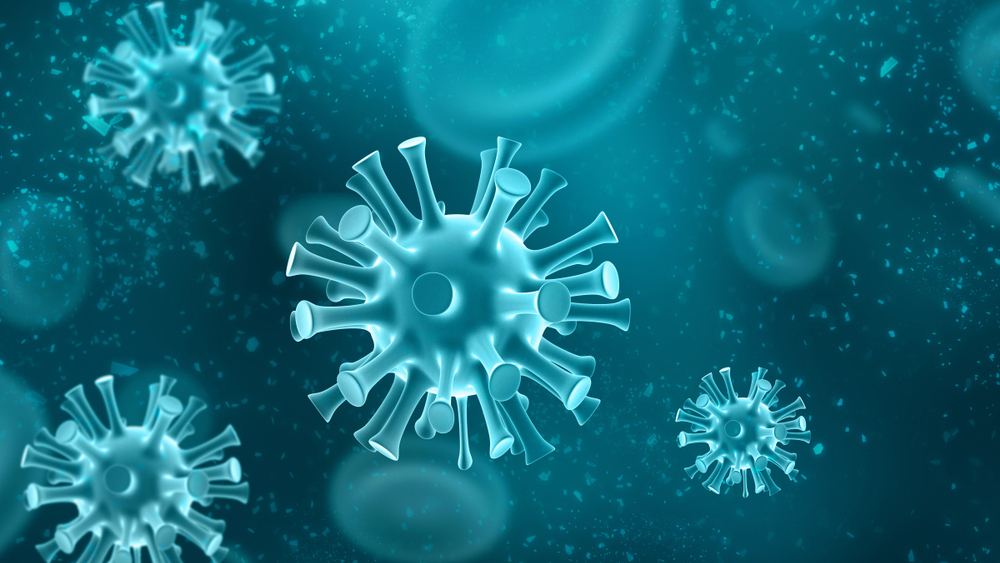A guide to pseudomonas aeruginosa

Demystifying pseudomonas aeruginosa
Pseudomonas aeruginosa, a versatile bacterium comprising various species, thrives in diverse environments. It has the potential to cause diseases in plants, animals, and humans. However, in most cases, it coexists harmlessly with us.
Common haunts of pseudomonas aeruginosa
This bacterium can be found in everyday environments, such as soil, plants, tap water from public systems, and healthcare facilities. Generally, contact with Pseudomonas aeruginosa poses no threat to human health. Routine activities like eating fruits and veggies or gardening can bring you into contact with it.
Human health and pseudomonas aeruginosa
Not everyone exposed to Pseudomonas aeruginosa falls prey to infections. Infections typically occur when bacterial levels cross a certain threshold, often existing at low levels. Those with robust immune systems are less prone to such infections.
However, individuals with underlying health conditions or compromised immune systems need to be cautious. Pseudomonas aeruginosa is responsible for a significant percentage (10% to 20%) of hospital-acquired infections, mainly affecting patients with conditions like burn wounds, acute leukemia, organ transplants, and cystic fibrosis.
Managing pseudomonas aeruginosa risks
To mitigate the risks linked to Pseudomonas aeruginosa, a blend of preventive steps and proper management strategies is essential, depending on the setting (e.g., healthcare, community, or industrial).
In healthcare settings:
- Hand hygiene: Regular and thorough handwashing with soap and water is pivotal in curbing infections.
- Water quality checks: Regular testing of public water sources, especially in healthcare facilities, is crucial. Pseudomonas can thrive in water systems, so maintaining clean water supplies, especially in intensive care units, is vital.
- Ultraviolet LED sterilization (UV-C): Utilizing UV-C technology can reduce bacteria and viruses in water, enhancing the safety of integrated drinking water systems.
- Carbonless filters: These filters help maintain optimal chlorine levels in the water supply, facilitating efficient disinfection.
- Antimicrobial finishes: Using antimicrobial finishes in drinking water dispensers aids infection control and ensures a cleaner and safer drinking water supply.
- Eliminating stored water: Point-of-use drinking water dispensers eradicate the need for stored water, offering continuous access to clean and hygienic water, unlike bottled water that can harbor pathogens if stored for prolonged periods.
- Sterizen® sanitization: Borg & Overström’s Sterizen® is an independently certified antimicrobial and anti-pathogen sanitization process, ensuring a 99.999% reduction in bacteria in point-of-use water dispensers.
Legislation and regulation
While there’s no specific legislation regarding Pseudomonas aeruginosa, its presence can foster other bacterial growth that may breach water quality regulations, such as the Water Supply (Water Quality) Regulations. These regulations prioritize public health and safety.
In summary, grasping and managing Pseudomonas aeruginosa is pivotal for public health. By adopting proper hygiene practices and employing effective water filtration and sterilization methods, we can minimize health issues linked to this bacterium, including the risk of antibiotic resistance.
Pseudomonas aeruginosa, a versatile bacterium encompassing a diverse range of species, thrives in various environments. These bacteria possess the capability to induce diseases in plants, animals, and humans, presenting a significant concern for public health.
Common habitats of pseudomonas aeruginosa
Pseudomonas aeruginosa is ubiquitous, thriving in everyday environments like soil, plants, and both hot and cold water sources. It can also colonize medical devices, making treatment challenging. While not all strains are harmful, some are high-risk, potentially leading to life-threatening infections, particularly in surgically vulnerable body parts.
Mitigating the public health risk
Effective measures to mitigate the risk posed by Pseudomonas aeruginosa are critical, especially considering the alarming rise of antibiotic resistance. Safeguarding public health requires a proactive approach and the implementation of preventive strategies and advanced water filtration technologies, particularly in healthcare settings where patients are most vulnerable.
Proactive measures
- Hand hygiene and effective hand wash practices: Rigorous hand hygiene, including regular handwashing with hot water and soap, is paramount. This practice is especially crucial in healthcare environments, where multidrug-resistant Pseudomonas strains can rapidly spread.
- Water filtration solutions: Deploying advanced water filters is essential, particularly in areas with a heightened risk of contamination. These filters effectively remove harmful bacteria from both hot and cold water sources, significantly reducing the risk of infection.
- Sterilization of medical devices: Stringent sterilization protocols for medical equipment are mandatory. This measure prevents the colonization of Pseudomonas aeruginosa, which can lead to challenging-to-treat infections.
- Bottled water coolers for enhanced safety: In healthcare facilities, adopting bottled water coolers ensures a consistent source of clean, uncontaminated drinking water. This minimizes the risk of Pseudomonas-related infections.
Addressing antibiotic resistance
Pseudomonas aeruginosa’s propensity for antibiotic resistance is a grave concern. Infections caused by multidrug-resistant strains are exceptionally challenging to treat and can result in severe health issues. Hence, responsible antibiotic use and stringent infection control measures are pivotal in combating the proliferation of antibiotic-resistant strains.
In summary, Pseudomonas aeruginosa is a bacterium with far-reaching implications for public health. By proactively implementing preventive measures, harnessing advanced water filtration solutions, and prioritizing hand hygiene, we can significantly reduce the risk of infections, particularly in high-risk settings like healthcare facilities. This proactive stance is essential in addressing the life-threatening consequences and formidable challenges posed by antibiotic-resistant strains of this bacterium.
Sources:
AVA (automatic vending association) The Microbiological Quality of Water from Vending Machines and Mains Water Coolers: https://www.the-ava.com/downloads/Water-Quality-Some-Useful-Information-1.pdf
Assurity consulting: https://www.assurityconsulting.co.uk/knowledge/guides/what-is-important-to-know-about-drinking-water-quality-pseudomonas-aeruginosa
